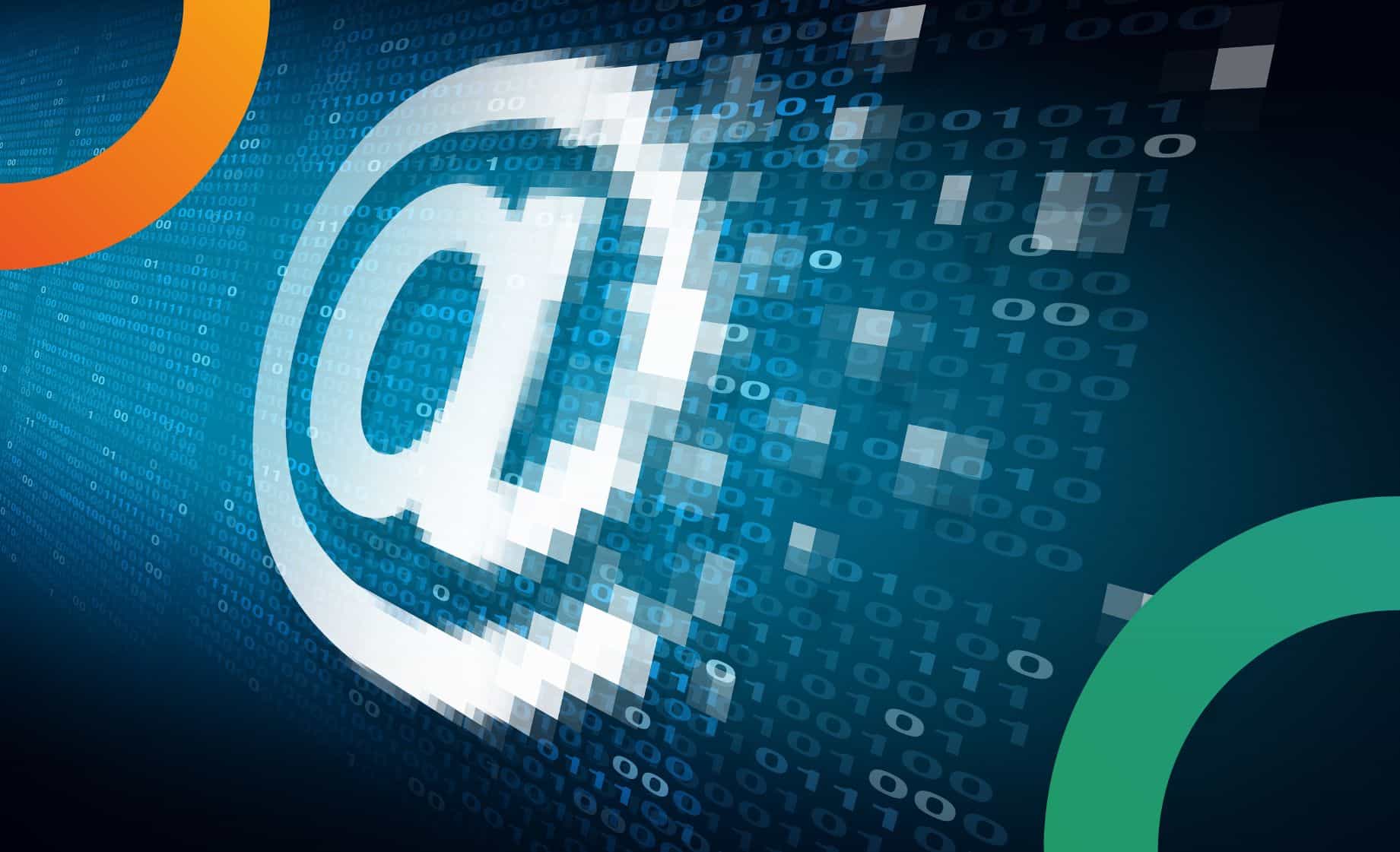Unlocking the Power of Email Authentication: Understanding DKIM Records

Email authentication is a crucial aspect of email security and deliverability. It ensures that the emails sent from a particular domain are legitimate and not forged or spoofed.
Email authentication helps prevent phishing attacks, email spoofing, and other malicious activities that can harm individuals and organizations.
One of the key components of email authentication is DKIM (DomainKeys Identified Mail) records. DKIM records are cryptographic signatures attached to outgoing emails that verify the authenticity of the sender’s domain. These records provide a way for email recipients to verify that the email they received was indeed sent by the claimed sender and has not been tampered with during transit.
Key Takeaways
Understanding Domain Name System (DNS)
The Domain Name System (DNS) is a fundamental part of the internet infrastructure that translates human-readable domain names into IP addresses. It acts as a phonebook for the internet, allowing users to access websites and send emails using domain names instead of IP addresses.
DNS records are used to store various types of information about a domain, including its IP address, mail server information, and other configuration settings. Some common types of DNS records include A records (which map a domain name to an IP address), MX records (which specify the mail servers responsible for receiving emails for a domain), and TXT records (which can be used for various purposes, including email authentication).
Basics of Email Address and Domain
An email address consists of two main parts: the local part and the domain part. The local part is the username or mailbox name that identifies the recipient within a specific domain. The domain part is the unique identifier for the email recipient’s domain.
A domain name is a unique string of characters that identifies a specific website or email server on the internet. It consists of two or more parts separated by dots. The rightmost part is called the top-level domain (TLD), which can be generic (such as .com, .net, or .org) or country-specific (such as .us, .uk, or .au). The leftmost part is the subdomain, which can be used to further categorize or identify specific sections or services within a domain.
Importance of Email Authentication
Email spoofing and phishing attacks are common methods used by cybercriminals to deceive recipients and gain unauthorized access to sensitive information. Spoofed emails appear to be sent from a legitimate source, while phishing emails trick recipients into revealing personal information or clicking on malicious links.
Email authentication plays a crucial role in preventing these risks. By implementing email authentication protocols like DKIM, organizations can ensure that their emails are not tampered with during transit and that the recipient can verify the authenticity of the sender’s domain. This helps build trust with recipients and reduces the risk of falling victim to spoofing or phishing attacks.
What is DKIM Record and How Does it Work?
DKIM (DomainKeys Identified Mail) is an email authentication method that uses cryptographic signatures to verify the authenticity of the sender’s domain. When an email is sent from a domain that has DKIM enabled, a DKIM signature is added to the email header. This signature is generated using a private key that is securely stored by the sending domain.
When the recipient’s mail server receives the email, it retrieves the public key associated with the sender’s domain from the DNS records. It then uses this public key to decrypt the DKIM signature and verify its authenticity. If the signature is valid, it means that the email was indeed sent by the claimed sender and has not been tampered with during transit.
Setting Up DKIM Record for Your Domain
Setting up a DKIM record for your domain involves several steps:
1. Generate a DKIM key pair: The first step is to generate a DKIM key pair consisting of a private key and a public key. The private key should be kept secure and not shared with anyone, while the public key will be added to the DNS records.
2. Add the DKIM record to DNS: Once you have generated the DKIM key pair, you need to add the DKIM record to your domain’s DNS records. This involves creating a TXT record that contains the public key and other DKIM-related information.
3. Configure your email server: After adding the DKIM record to DNS, you need to configure your email server to sign outgoing emails with the private key. This ensures that the DKIM signature is added to every email sent from your domain.
Verifying DKIM Record Using DNS
To verify the DKIM record using DNS, you can use various DNS tools and commands. One common method is to use the “dig” command in the terminal or command prompt. By querying the DNS records for the domain, you can retrieve the DKIM record and verify its contents.
Another method is to use online DNS lookup tools that allow you to enter a domain name and retrieve its DNS records, including the DKIM record. These tools provide an easy way to verify the presence and correctness of the DKIM record for a domain.
Common DKIM Record Issues and Troubleshooting
While setting up and configuring a DKIM record, you may encounter some common issues. These can include:
1. Incorrect DNS configuration: One common issue is misconfiguring the DKIM record in the DNS settings. This can result in the DKIM signature not being recognised or verified correctly by recipient mail servers.
2. Key rotation problems: If you rotate or change your DKIM keys without updating the corresponding DNS records, it can cause issues with email authentication. Recipient mail servers may fail to verify the DKIM signature if it does not match the public key stored in the DNS records.
3. DNS propagation delays: When making changes to DNS records, it can take some time for the changes to propagate across the internet. During this propagation period, recipient mail servers may not be able to verify the DKIM signature correctly.
To troubleshoot these issues, it is important to double-check the DNS configuration, ensure that the DKIM keys and DNS records are in sync, and allow enough time for DNS propagation to complete.
Benefits of Implementing DKIM Record
Implementing a DKIM record for your domain offers several benefits:
1. Improved email deliverability: By adding a DKIM signature to your outgoing emails, you increase the chances of your emails being delivered to the recipient’s inbox instead of being marked as spam or rejected by mail servers.
2. Enhanced email security: DKIM helps prevent email spoofing and phishing attacks by allowing recipients to verify the authenticity of the sender’s domain. This helps build trust with recipients and reduces the risk of falling victim to malicious emails.
3. Brand reputation protection: By implementing DKIM, you protect your brand reputation by ensuring that your emails are not forged or tampered with during transit. This helps maintain trust with your customers and prevents damage to your brand’s reputation.
Best Practices for Email Authentication with DKIM Record
To ensure optimal performance and effectiveness of your DKIM record, it is important to follow best practices:
1. Regularly monitor DKIM record status: Regularly check the status of your DKIM record to ensure that it is functioning correctly and has not been tampered with. Monitor any changes or issues that may arise and take appropriate action to resolve them.
2. Rotate DKIM keys periodically: To enhance security, it is recommended to rotate your DKIM keys periodically. This involves generating new key pairs and updating the corresponding DNS records. By rotating keys, you reduce the risk of unauthorized access to your private key and improve the overall security of your email authentication.
3. Keep private keys secure: The private key used for DKIM signing should be kept secure and not shared with anyone. It is recommended to store the private key in a secure location and restrict access to it. This helps prevent unauthorized use of the private key and ensures the integrity of your DKIM signatures.
In conclusion, email authentication is crucial for ensuring the security and deliverability of emails. DKIM records play a vital role in email authentication by providing a way to verify the authenticity of the sender’s domain. By understanding the basics of email authentication, DNS, and DKIM records, organizations can implement effective email security measures and protect themselves from spoofing and phishing attacks.
By following best practices and regularly monitoring DKIM records, organizations can maintain optimal performance and enhance their email deliverability and security.


